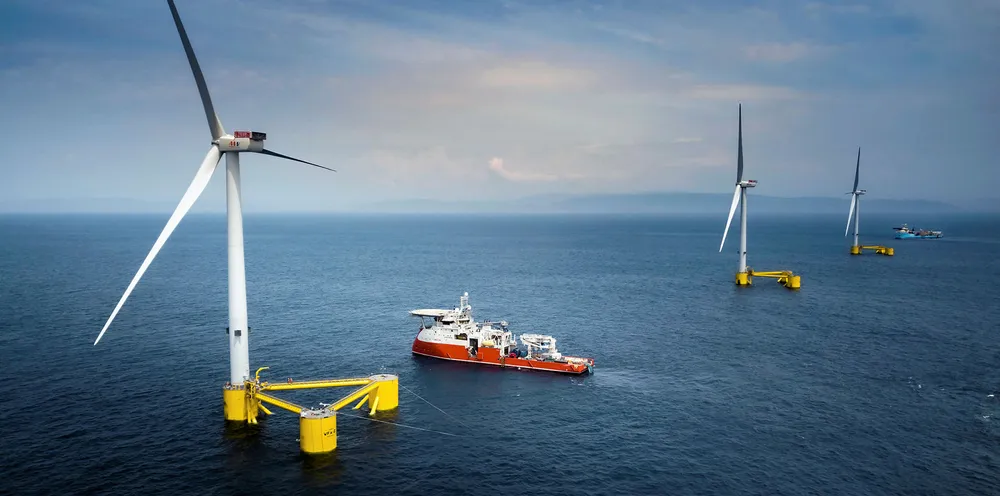'Floating wind power could transform Ireland into a net energy exporter'
Dublin's ambitious plans to build more than 30GW of floating wind off Europe's windiest coasts are creating a host of opportunities, writes Val Cummins

Dublin's ambitious plans to build more than 30GW of floating wind off Europe's windiest coasts are creating a host of opportunities, writes Val Cummins
